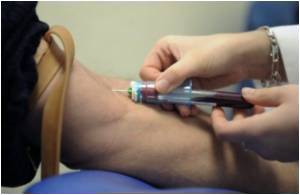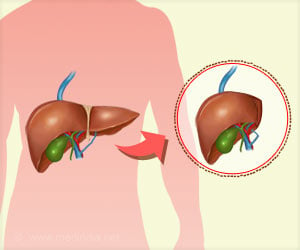Why do skin graft transplants have higher rejection rates compared to other organ or tissue transplants? Answers a new study.

‘Skin grafts have a high rate of rejection for a fact, but through this insight, the doctors can pretreat the patient and minimize the chances of rejection in the recipient.’





"Our work in the lab is driven by clinical observation," said co-senior author Leonardo V. Riella, MD, Ph.D., medical director of the Vascularized Composite Tissue Transplant Program at BWH. "Skin grafts have such a high rate of rejection compared to other organs. We wanted to find out why."Using a mouse model of skin transplantation, the team identified a novel, specific subset of cells in donor transplanted organs that triggered rejection. Known as CD103+ dendritic cells, this cell type appeared to play a major role in rejection. In its absence, researchers observed fewer signs that the recipient's immune system had been triggered and found that the transplanted skin survived longer.
In addition, the team was able to mitigate rejection by treating organs prior to transplantation. When skin grafts were incubated with an anti-inflammatory mycobacterial protein, the grafts survived longer after transplantation. This effect was mediated by March-1, an enzyme that can inhibit the maturation of CD103+ dendritic cells in donor grafts.
In addition to these observations in mouse models, the team also tested the effect of adding the mycobacterial protein to human skin grafts, finding signs that this treatment may help prevent an immune reaction.
Pre-treating skin grafts or other organs prior to transplantation represents a new, complementary strategy for preventing organ rejection. "Today, most treatment focuses on the recipient side, using immunosuppressive drugs to try to prevent rejection," said Riella. "What we propose is a complementary strategy to tame the rejection process through direct treatment of the donor organ prior to transplantation. This could offer many benefits since we're focusing on an arm of the immune system - innate immunity - that immune suppressors cannot regulate."
Advertisement
Source-Eurekalert















